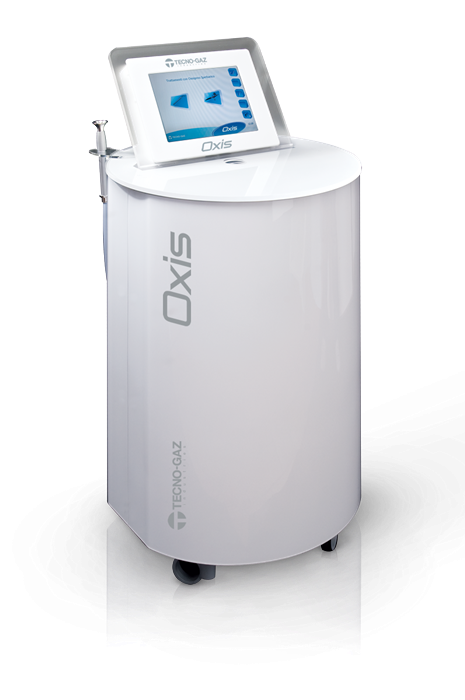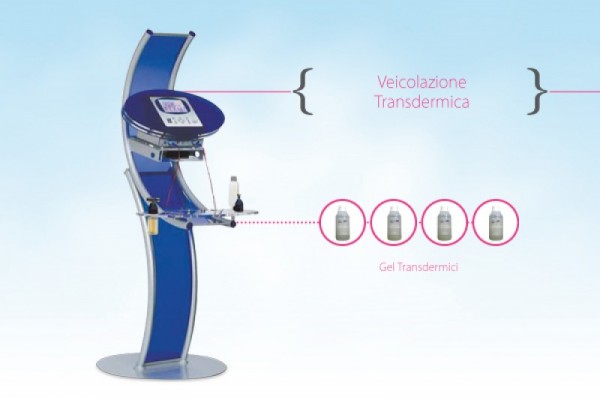Aesthetic medicine
 Aesthetics medicine of the face treats all the topics related to face rejuvenation techniques, lip correction, eye correction, skin and folds. Aesthetic medicine in general is a new branch of medicine that is concerned with improving the quality of life of a person who has a discomfort due to an imperfection they do not accept. Basically, a program to prevent ageing in general and of the skin in particular is established, and then the correction of facial and body imperfections is dealt with.
Aesthetics medicine of the face treats all the topics related to face rejuvenation techniques, lip correction, eye correction, skin and folds. Aesthetic medicine in general is a new branch of medicine that is concerned with improving the quality of life of a person who has a discomfort due to an imperfection they do not accept. Basically, a program to prevent ageing in general and of the skin in particular is established, and then the correction of facial and body imperfections is dealt with.
Fillers
Fillers allow avoiding certain interventions in aesthetic or plastic surgery to enlarge or shape lips (cheiloplasty), cheeks, chin (mentoplasty), forehead and correction of nasolabial folds and periocular wrinkles (“crow's feet”) and perioral wrinkles (perpendicular lip wrinkles). The material most commonly used as a “filler” is hyaluronic acid. The result is immediate and does not endanger the patient's life as infiltration techniques are simple if performed by experts and require no anaesthesia, except for a locally applied anaesthetic cream.
Botulinum toxin (botox)
Botulinum toxin injections are the ideal treatment for patients who show signs on their face due to lowering of their eyebrows and frontal and periocular lines, which give them a frowning expression. “Botox” is the trade name indicating, in common language, the formula for the aesthetic use of this medicine, which acts in a limited way, temporarily blocking the contractility of muscles responsible for the mimic movements. The aesthetic result is a more relaxed face and an obvious diminishing, up to disappearance, of the wrinkles caused by the muscle contraction mentioned above. Injected botulinum toxin removes the so-called “expression wrinkles” from the upper part of the face (forehead, nasal base and periocular area). The face thus gets a younger and more relaxed look, without losing its natural expressivity, and this result lasts from three to six months.
Hyperbaric Oygen

The last trend in aesthetic medicine, particularly in skin rejuvenation, consists in applications of hyperbaric oxygen, which became famous due to the many international celebrities that use it and show obvious positive results.
Essentially, skin beauty depends on two factors:
-
Light acidity of the skin protective film (sebum)
-
Fast turnover of the cells having the role of creating collagen and elastin.
Hyperbaric oxygen has the ability to produce an effective acceleration of tissue metabolism and, above all, to transmit certain molecules through various layers of the dermis. We have, therefore, a non-invasive technique that, on the one hand, naturally stimulates tissues and, on the other hand, facilitates the absorption of anti-ageing medicine prescribed by doctors in some cases.
Hyperbaric oxygen technology has an effective action due to the so-called percutaneous infusion. The device has the function of extracting oxygen from the ambient air and concentrating it with a pressure higher than atmospheric pressure. The gas generated comes in direct contact with the skin through a suitable handpiece, allowing the operator to adjust intensity gradually.
Hyperbaric oxygen can guarantee major benefits in all dermatological pathologies, where the reconstruction process plays an important role, and therefore in all forms of acne, irritable or allergic dermatitis, oedema, stretchmarks, psoriasis, hyperpigmentation, laxity.
Isophoresis
With Eporex K69, we incorporate the new generation of transdermal transmitters, materialising the synergy of certain techniques already known (ionophoresis, iontophoresis, electroporation), but come with an innovative method due to the active 'transdermal' molecular transport, which we call Isophoresis. The electronic transdermal pathway has been increasingly used in the last decade, starting with the first applications in medicine for administering pain medication and rehabilitation therapy, but recently, their use in the field of dermatology and professional aesthetics has been sensed.

The main difficulty for releasing substances through the human skin is the outer layer, the keratinized layer, which is a tenacious barrier to the transport of substances; its matrix of keratinized lipid has been studied in terms of:
-
Variations in the impedance of the dermis subjected to impulsive loads and, consequently, variations in its permeability;
-
Determinations of wave forms useful for the transport of molecules;
-
Creating a wave generator.
Isophoresis was meant to optimize:
-
The transport method to remedy the limits of the techniques used in the past, and thus the loss of the active principle concentration;
-
The limited depth of tissues reached in the past;
-
Causing damage to tissues due to the various currents induced.
-
For these reasons, isophoresis is a cutting-edge method in therapy and dermatological treatment, and particularly in cellulite therapy: new studies have already been conducted in different countries with optimal results, and represent the future of this new technique that eliminates the use of needles.